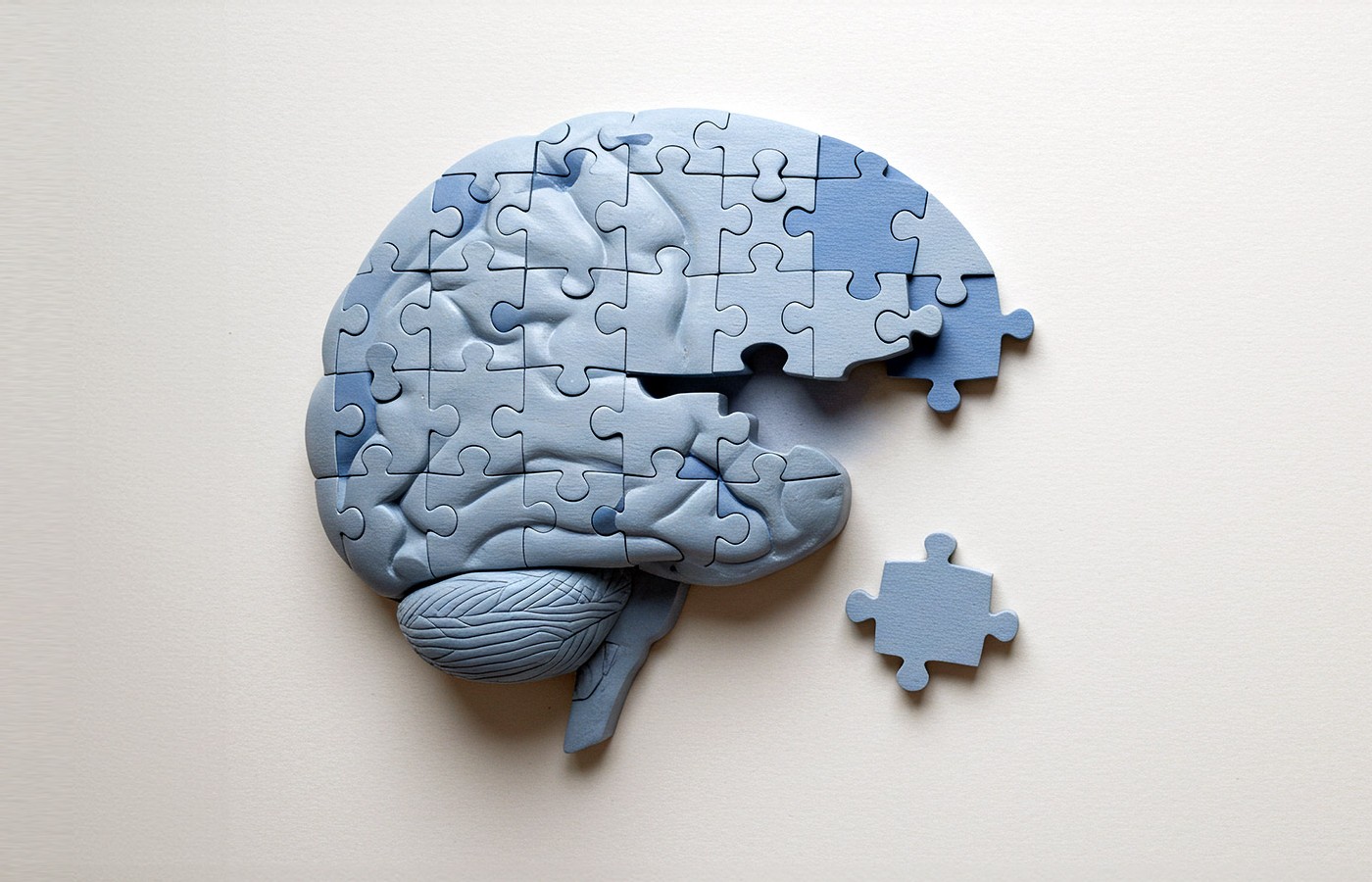Whether you accept it, avoid it or live somewhere in between, insurance coverage has become a defining issue for our profession. Patients increasingly expect to use their benefits, practitioners want to be compensated fairly for their time and expertise, and the system itself remains – at best – fragmented. The encouraging news is that coverage has expanded in meaningful ways. The challenging news is that reimbursement, across the board, remains inadequate.
Electroacupuncture and Parkinson’s Disease: A New Mechanistic Insight
- While conventional treatments for PD focus on dopamine replacement, growing research highlights the potential of electroacupuncture (EA) as an adjunctive therapy.
- In one study, EA significantly improved locomotion, distance traveled, and latency to fall, with benefits persisting two weeks post-treatment.
- This study reinforces the traditional East Asian medicine theory that links GV 16 (Fengfu) and GV 20 (Baihui) – the Sea of Marrow points – with brain health.
Editor’s Note: This is the first article in a new column from the Society for Acupuncture Research (www.acupunctureresearch.org) offering research insights relevant to acupuncture practitioners.
Parkinson’s disease (PD) is a neurodegenerative condition that severely impacts motor function. While conventional treatments focus on dopamine replacement, growing research highlights the potential of electroacupuncture (EA) as an adjunctive therapy. A recent study provides evidence that EA at GV 16 (Fengfu) and GV 20 (Baihui) improves motor function in a PD rat model through mechanisms independent of dopamine restoration.
Study Overview
Researchers induced a PD-like state in rats using a 6-hydroxydopamine (6-OHDA) injection into the medial forebrain bundle. EA was administered at 100 Hz for 30 minutes per day, six days a week, for four weeks. Control groups included a saline-treated surgical control and a sham EA group at non-relevant acupoints. The study assessed locomotor activity, neurotransmitter changes, and neuronal physiology through behavioral tests, immunohistochemical staining, high-performance liquid chromatography, and neuro-electrochemical assessments.
Key Findings
EA significantly improved locomotion, distance traveled, and latency to fall, with benefits persisting two weeks post-treatment. Notably, these improvements occurred without restoring dopamine neuron populations or concentrations, suggesting an alternative mechanism of action.
The study found that EA modulated glutamate signaling in the corticostriatal pathway, a key neural circuit for movement. EA reversed pathological changes in striatal projection neurons, including alterations in dendritic branching, spine density, and glutamate-mediated excitatory transmission. Additionally, EA reduced elevated local field potential oscillations, a PD biomarker. When corticostriatal glutamatergic activation was artificially enhanced, EA’s therapeutic effects were blocked, confirming that glutamate regulation played a critical role.
Clinical Relevance for Acupuncture Practitioners
This study reinforces the traditional East Asian medicine theory that links GV 16 (Fengfu) and GV 20 (Baihui) – the Sea of Marrow points – with brain health. It provides scientific evidence that EA influences neurological function beyond dopamine pathways, supporting its role in managing neurodegenerative diseases. Moreover, the study highlights the importance of consistent and frequent EA treatments, particularly in the early phase of care, with ongoing maintenance to sustain benefits, aligning with acupuncture clinical practice.
Conclusion
EA offers a promising adjunctive therapy for PD, working through glutamate regulation rather than dopamine restoration. While further human studies are needed, these findings support acupuncture’s role in neurological health. Practitioners can consider targeting Sea of Marrow acupuncture points as part of an integrated approach to PD management.
Reference
- Jiang X, Sun M, Yan Y, et al. Corticostriatal glutamate-mediated dynamic therapeutic efficacy of electroacupuncture in a Parkinsonian rat model. Clin Transl Med, 2024;14(12):e70117.



